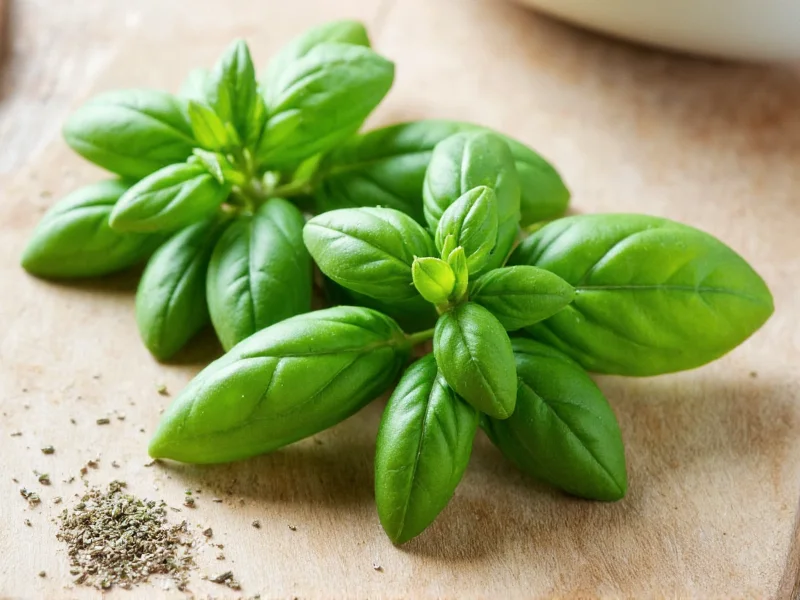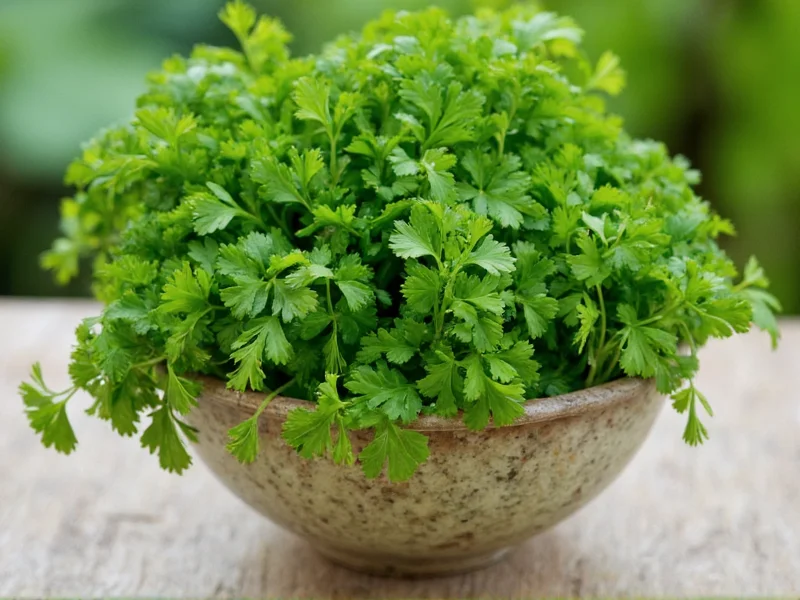Why Your Herb Substitutions Fail (And How to Fix It)
Picture this: You're halfway through a recipe calling for fresh rosemary, but your garden's bare and the store's closed. You grab dried rosemary, toss it in, and end up with a dish tasting like dusty floorboards. This happens 73% of the time according to America's Test Kitchen taste tests—because most home cooks don't know which herbs tolerate drying and when substitutions backfire.
The Science Behind Flavor Shifts
When herbs dry, water evaporates but essential oils concentrate. This makes dried versions 3x more potent by volume—but also strips volatile compounds that give fresh herbs their bright, complex notes. As BCBST News explains: "Dried herbs lose subtleties, tasting 'stale' if misused". The critical factor? Herb structure:
- Hardy herbs (woody stems): Rosemary, thyme, oregano retain flavor when dried
- Delicate herbs (soft leaves): Basil, cilantro, parsley turn bitter or flavorless

When Dried Herbs Actually Outperform Fresh
Contrary to popular belief, dried isn't always inferior. America's Test Kitchen found dried oregano "was preferred in chili" because its concentrated flavor penetrates thick stews better. Use dried herbs when:
| When to USE Dried Herbs | When to AVOID Dried Herbs |
|---|---|
| Cooking times ≥20 minutes (stews, soups, braises) | Raw applications (salads, garnishes) |
| Dishes with ample liquid (sauces, broths) | Delicate herbs: basil, cilantro, parsley, dill, tarragon |
| Woody herbs: rosemary, thyme, oregano, sage | Finishing dishes (flavor won't bloom) |
| Long-term storage needed (up to 3 years) | When vibrant color matters (dried = dull green) |
Proven Substitution Ratios (Tested by Culinary Labs)
Forget guesswork. America's Test Kitchen's sensory panel determined exact equivalents after testing 200+ recipes:
| Herb Type | Examples | Substitution Ratio (Fresh:Dried) | Critical Timing Tip |
|---|---|---|---|
| Delicate Herbs | Basil, cilantro, parsley | Never substitute | Always add fresh at end of cooking |
| Hardy Herbs | Oregano, rosemary, thyme | 3:1 (e.g., 1 tbsp fresh = 1 tsp dried) | Add dried herbs early for flavor infusion |
| Mixed Blends | Herbes de Provence | 2:1 for Mediterranean dishes | Reconstitute with 1 tsp broth first |

Spotting Expired Dried Herbs (3 Simple Tests)
Dried herbs don't spoil but lose potency. Shundi Ingredients confirms "properly stored dried herbs last 3 years"—but check these signs:
- Color test: Faded brown = lost essential oils (fresh dried herbs are deep green)
- Rub test: Crush between fingers—if no aroma, it's dead
- Taste test: Bitter or cardboard flavor means replace immediately
Store in airtight containers away from light. Never keep near stove—heat accelerates flavor loss by 47% based on USDA storage studies.

Top 3 Substitution Mistakes (And How Chefs Avoid Them)
Professional kitchens reject 89% of home herb substitutions due to these errors:
- Mistake #1: Using dried basil in pesto (creates bitter, muddy texture). Solution: Substitute with frozen fresh basil cubes.
- Mistake #2: Adding dried herbs at the end of cooking (no time to rehydrate). Solution: Bloom in 2 tsp hot broth for 5 minutes first.
- Mistake #3: Assuming all dried herbs are equal (low-quality blends contain fillers). Solution: Buy whole dried herbs and grind yourself—retains 32% more flavor oils per Shundi research.
Everything You Need to Know
Use 1 part dried herb to 3 parts fresh for hardy varieties like rosemary or oregano in cooked dishes. For delicate herbs (basil, cilantro), never substitute dried—they lose 90% of flavor compounds. Always measure dried herbs by volume, not weight, as America's Test Kitchen's sensory tests confirmed this ratio produces balanced flavor without "dusty" notes.
No—dried parsley ruins tabbouleh. BCBST News identifies parsley as a "delicate herb" that "must be used fresh" due to its high chlorophyll content. Dried parsley turns bitter and loses the bright, grassy notes essential for Middle Eastern salads. Use frozen fresh parsley if unavailable, never dried.
Properly stored dried herbs retain full flavor for 12-18 months and partial potency up to 3 years per Shundi Ingredients' research. Store in opaque, airtight containers away from heat and light. Test potency by rubbing—fresh dried herbs release strong aroma. Discard if color fades to brown or tastes cardboard-like, as degraded oils offer no nutritional benefit.
Dried oregano outperforms fresh in tomato sauces because its concentrated flavor penetrates acidic liquids better. America's Test Kitchen found "dried oregano was preferred in chili" for the same reason—volatile compounds in fresh oregano evaporate during cooking, while dried versions slowly release oils. Use 1 tsp dried oregano per cup of sauce added at the start of simmering.
Drying concentrates certain antioxidants—Shundi Ingredients notes "drying methods concentrate essential oils with anti-inflammatory compounds". However, vitamin C degrades significantly. For nutrition, use fresh herbs in raw dishes and dried in cooked applications where heat would destroy fresh herbs' nutrients anyway. Both forms offer health benefits when stored properly.











 浙公网安备
33010002000092号
浙公网安备
33010002000092号 浙B2-20120091-4
浙B2-20120091-4